



 |
|
 |
|
The Bugs of Cazadero
First posted May 16, 2004 Last updated March 30, 2008
![]()
Bugs! Who doesn't love a butterfly or a ladybug? Who doesn't hate mosquitoes and wasps? But love 'em or hate 'em, insects are FUN! |
|
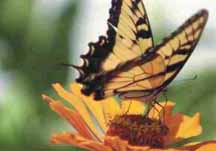 |
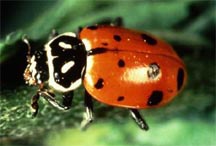 |
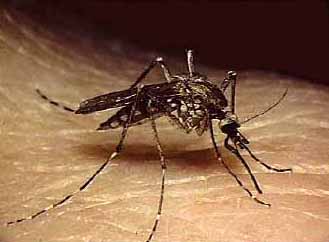 |
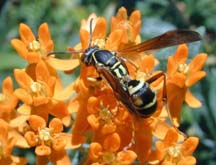 |
Insects are all around us. We may love the cute ones or hate the biting ones, but they are all over the place, so you can't ignore them. Once you get to know them, they are actually very fascinating: how an ugly caterpillar becomes a beautiful butterfly, how they live underwater, inside a tree, or even inside our bodies (parasites). Insects are important parts of our world. Ignore them is the one thing you can't do. (Click here to watch a mosquito as it sucks blood!)
You may feel that the only good bug is a dead bug, but the fact is, if you wished that all insects would just drop dead, you would be commiting suicide: if all insects died, you would too. Insects are responsible for pollination of all of our food crops. They also are essential for controlling the population of other organisms, provide the food for many other animals (and a few plants like the Venus Flytrap!), and are responsible for much of the removal of dead plants and animals. We may hate 'em, but we need 'em for our own survival.
![]()
First of all, "bugs" can either be used as a general word for all insects and similar creatures, such as spiders, or can be a specific name for a specific group of insects, the Order Heteroptera. The name means two kinds of wing: the front wings of these insects are divided between a thickened basal region and a membranous tip. Insects have been a very successful group. Based on either numbers or biomass, this is not the Age of Men, it is the Age of Insects! According to entomologist (a scientist who studies insects), "The insects will not inherit the earth when we are gone. They already own it!" There are about 900,000 kinds of insects, which represents about 80% of the world's species. (For comparison, there are only about 4600 species of mammals.) The true figure of living species of insects can only be estimated from present and past studies. Most authorities agree that there are more insect species that have not been described (named by science) than there are insect species that have been previously named. Conservative estimates suggest that this figure is 2 million, but estimates extend to 30 million. Insects inhabit all possible environments, except one. They can be found in the air, water, and on land. They are under the dirt, inside leaves and tree bark as well as tree wood. The only place that they have not invaded is the marine (salt water) environment, which is a fascinating subject in itself: why not marine environments? Science does not have a ready answer. |
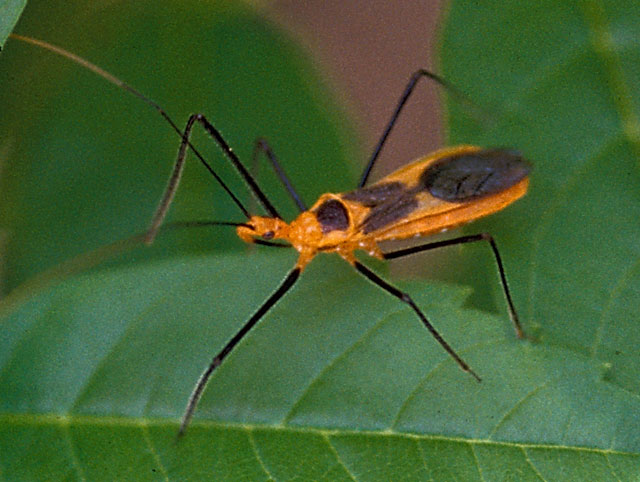 |
|
An assassin
bug, which is a true bug, as it is a member of the Order Heteropera
|
![]()
|
Interesting
Insect Facts |
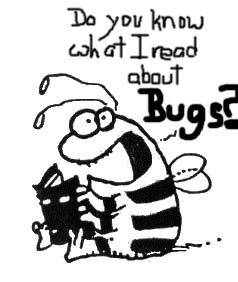 |
| * Recent figures indicate that there are more than 200 million insects
for each human on the planet! A recent article in The New York Times claimed
that the world holds 300 pounds of insects for every pound of humans. * The US is one of the few cultures that does not eat insects, which is a shame. They are nice and crunchy (ask me how I know!) and are a good source of nutrition. Ugh! you may say, but that was also what you said before you tasted sushi, raw oysters, blue cheese, and any number of other things you rather enjoy now. You eat other arthropods and love 'em: crabs, shrimp, lobster, and escargot. Why stop there? Don't pass up the next opportunity to expand your gustatory horizons! (OK, at least I tried.) * Can you at least name one food we eat that comes from an insect? (Answer at the very bottom of the page, after References.) * One last question on the subject of food: trout eat lots of insects (ask any flyfisherman and they will tell you more than you want to know), but have you ever seen one eat a water strider? Know why? Trout don't think that they taste very good. (I agree with the trout.) |
![]()
Body Parts of an Insect All insects have three body parts: a head, thorax, and abdomen. The head contains the mouth parts, the eyes, and the antennae. The thorax has the muscles and attachments for the legs and wings, if any. The abdomen has digestive and respiratory functions. |
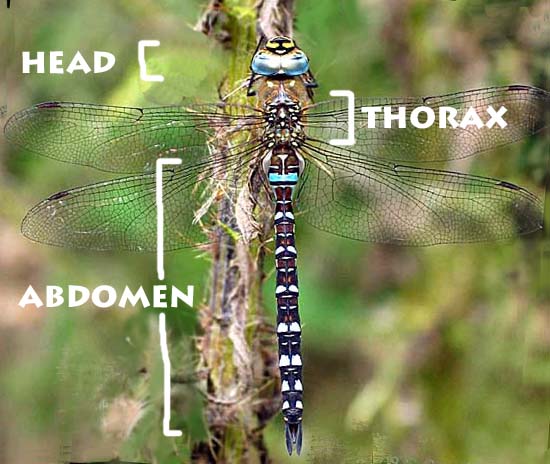 |
The Skeleton
of an Insect |
|
 |
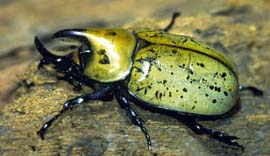 We have our skeleton inside of our body (endoskeleton), but insects have theirs on the outside. This format for body support is called an exoskeleton and has been very successful for them, but their "skeleton" cannot grow. Insects shed their skeletons several times in their lifetime, when they have grown too big for their "skins". |
The Respiratory
System of an Insect |
|
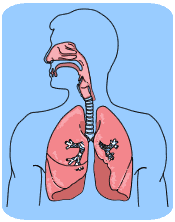 Human lungs |
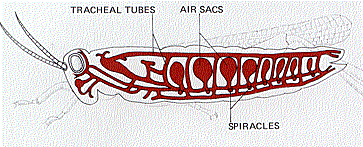 Insects need oxygen, just like you and me, but they don't get their oxygen by breathing through their mouth or by using lungs. They don't even have lungs! Their oxygen gets to the cells of their body through tiny tubes called trachea. These tubes connect every single cell in their body to the air outside the insect's body, through tiny holes called spiracles, located primarily along the sides of the abdomen. In the example above of a grasshopper, the first and third segments of the thorax have a spiracle on each side. Another eight pairs of spiracles are arranged in a line on either side of the abdomen. |
![]()
If you want to identify a bug you find, try using BugGuide. They are great!
![]()
References
Smithsonian's
Entomology Page
Spencer Entomology Museum
Acknowledgements
The insect photographs at the top of the page are taken or
modified from a variety of sources: South Dakota Association of Conservation
District's webpage
(swallowtail butterfly), Washington State University's Common Beneficial Insects
webpage
(ladybug), a mosquito abatement district webpage I can no longer find (mosquito),
and a photograph by B.
Z. MacLachlan, taken in Illinois (wasp).
The bug illustration was modified from a University of Kentucky webpage.
The blue dragonfly photograph that illustrates the three body parts of an insect
was modified from the English
Dragonfly Society website.The anatomic notation is mine.
The assassin bug was on a webpage about something completely different, and
I can no longer find the page to credit it.
The skeleton was modifed from the Western Cape School Network,
and the beetle was from the Cincinnati
Zoo.
The tracheal system was on a webpage by John
Kimball, a retired biology teacher and author of a text on biology. The
human lungs were from a
Children's Health website.
![]()
Other things bug related, and a bit funny...
Big fleas have little fleas
Upon their back to bite 'em
And little fleas have lesser fleas
And so ad infinitum.
![]()
Give up? The answer to the question posed in the third section (Interesting Insect Facts) is HONEY.